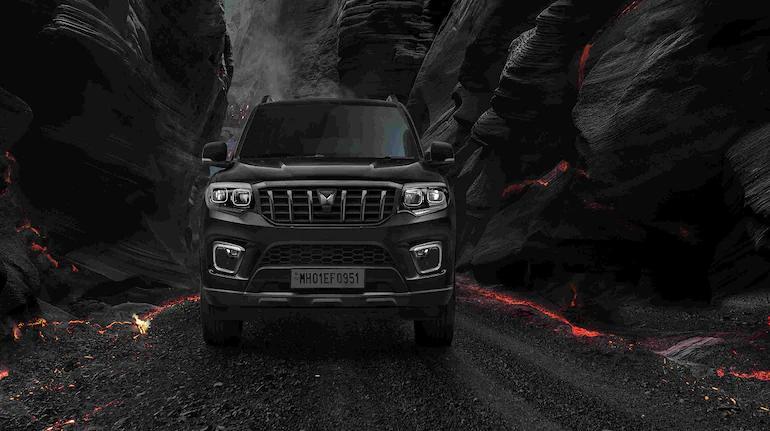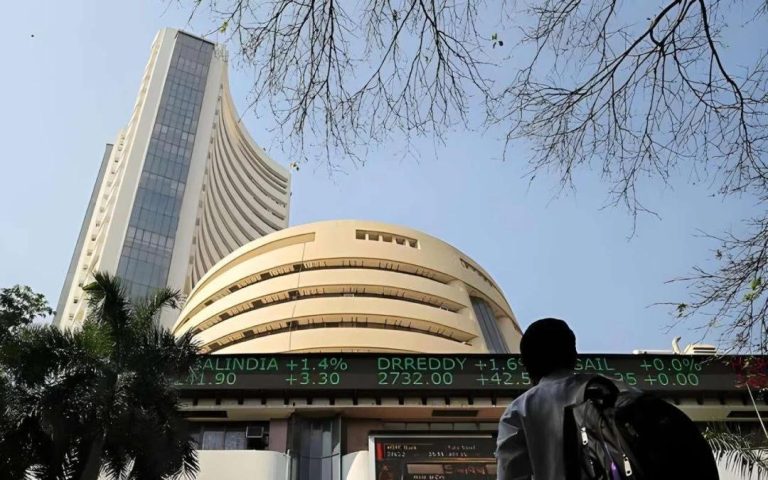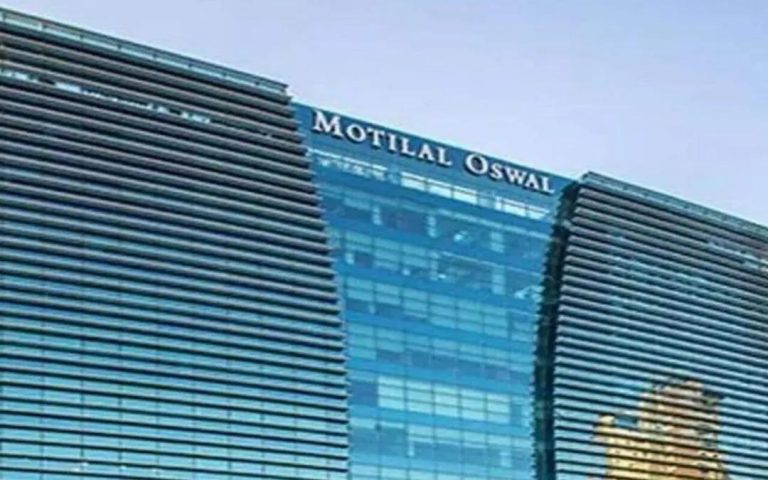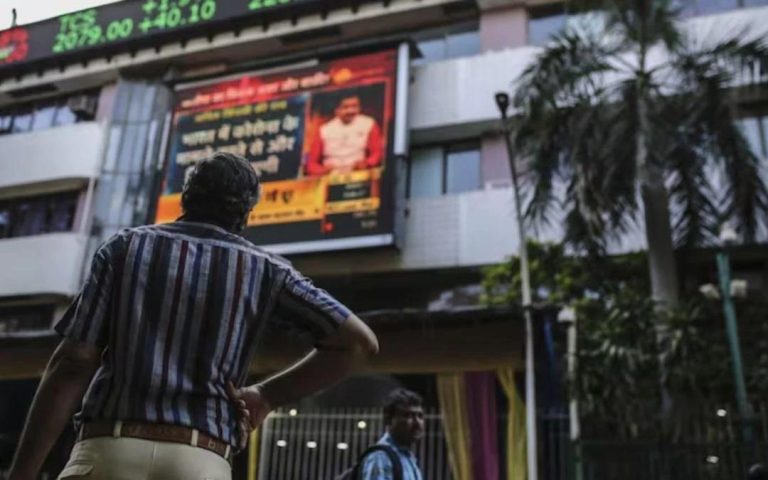
M&M to increase SUV, commercial vehicle prices up to 3% from April
In a recent announcement, Mahindra & Mahindra (M&M) revealed that it will be increasing the prices of its SUV and commercial vehicle range by up to 3% from April. This move is attributed to the rising costs due to inflation and increased commodity prices. This development is not an isolated incident, as Hyundai Motor has also announced plans to raise prices next month due to high operational costs.
The statement released by M&M indicated that the price adjustment is a response to the increasing costs and will be applicable to its SUV and commercial vehicle range. The exact impact on the prices of individual models has not been disclosed, but it is expected to vary depending on the specific vehicle and market conditions.
The decision to increase prices is likely to have a significant impact on the company’s sales and profitability. In recent years, M&M has been working to expand its product portfolio and increase its presence in the SUV and commercial vehicle segments. The company has invested heavily in research and development, as well as manufacturing capacity, to meet growing demand and stay competitive in the market.
M&M’s move to increase prices is also reflective of the broader trends in the automotive industry. In recent months, there has been a significant increase in raw material costs, driven by factors such as inflation and supply chain disruptions. This has put pressure on manufacturers to adjust their prices to maintain profitability.
The decision to increase prices is likely to affect a wide range of customers, from individual buyers to fleet operators and commercial vehicle owners. For individual buyers, the price increase may mean a higher upfront cost when purchasing a new vehicle. For fleet operators and commercial vehicle owners, the price increase may have a significant impact on their operating costs and profitability.
In response to the announcement, industry experts have been quick to weigh in on the implications of the price increase. According to some analysts, the price increase is likely to have a negative impact on sales, particularly in the short term. As consumers are already under pressure from rising costs and inflation, the price increase may deter some buyers from purchasing a new vehicle.
However, other analysts have argued that the price increase is necessary to ensure the long-term sustainability of the company. With rising costs and increased competition in the market, manufacturers need to adjust their prices to maintain profitability and invest in research and development to stay competitive.
In addition to M&M, other manufacturers have also announced plans to increase prices in response to rising costs. Hyundai Motor, for example, has announced plans to raise prices next month due to high operational costs. This development highlights the broader trend in the industry, as manufacturers seek to adjust their prices to maintain profitability in a challenging market.
In conclusion, M&M’s announcement to increase the prices of its SUV and commercial vehicle range by up to 3% from April is a significant development in the automotive industry. The move is attributed to the rising costs due to inflation and increased commodity prices and is likely to have a significant impact on the company’s sales and profitability. As the industry continues to evolve and adapt to changing market conditions, it will be interesting to see how manufacturers respond to the challenges and opportunities presented by rising costs and increased competition.






